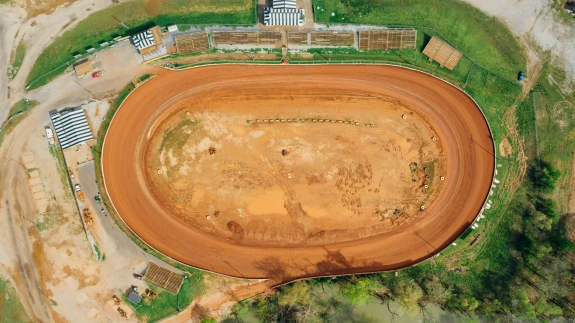
Community Science and Data Integration: Integrating and Visualizing Vulnerabilities and Resiliencies in Rural Mining Communities
Principal Investigator (PI): Monica Ramirez-Andreotta, Environmental Science
An analysis of resiliency and vulnerability—how a community withstands and recovers from a damaging situation and how it might become damaged—is a crucial tool for making policy decisions. For rural communities next to active and legacy mining activities, this information can help address land development, sustainable growth and issues of justice, including food deserts, internet access and job opportunities.
The project combines data from state and federal datasets, a UArizona co-created science program called Gardenroots and a community needs and assets survey to create an online platform that policymakers, mining industry officials, researchers and community members can use. HOWL—Health Opportunity Wellness Landscape—will contain maps and other visualizations of how a community’s social, environmental, political and economic conditions have shaped inequities around race, extraction and class. The platform also will reveal community strengths and assets.
The HOWL effort has received previous funding from national and Arizona sources. The initiative funding supported graduate and undergraduate research assistants from the UArizona environmental sciences and computer sciences departments, as well as a multimedia specialist from the university’s Department of Environmental Science. Their work will move HOWL closer to launch, including developing data visualizations and the user interface and finalizing the database.
For more information on this project, please contact: Monica Ramirez-Andreotta

